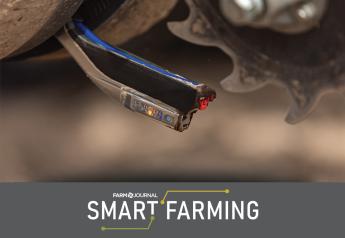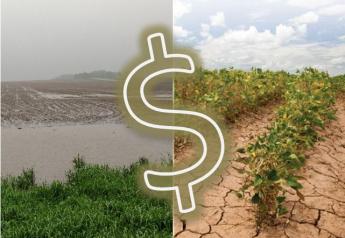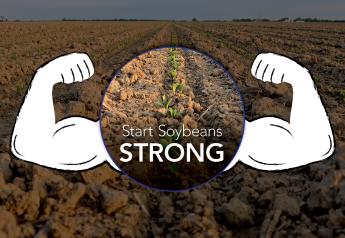Mosaic Company Reports Q1 2018 Results, Names New Chairman

On May 7, The Mosaic Company reported its first quarter 2018 results. Net earnings increased to $42 million compared with a net loss of a $1 million in the first quarter of 2017.
The acquisition of Vale Fertilizantes boosted net sales in the first quarter of 2018 to $1.9 billion. Net sales in the first quarter of 2017 were $1.6 billion.
The company says the late spring and other weather issues were the primary drivers in an approximate $290 million increase in working capital for the company. This includes the logistical issues of Canadian rail providers, which led to negative impacts on phosphate and potash sales volumes and unit costs for the company.
The rail issues have already impacted the potash segment early in the second quarter, and if the rail issues persist, second quarter volumes would be negatively impacted.
“We saw strong fundamentals in the first quarter, and we expect that positive momentum to continue,” said Joc O’Rourke, President and Chief Executive Officer in a news release. “We’ve increased our full year adjusted earnings per share guidance to reflect improving market conditions and strong operational performance across business units. Our excellent progress on the transformational initiatives at Mosaic Fertilizantes is expected to generate substantial earnings growth in the second half of 2018.”
The company reports net sales in the first quarter of 2018 for the following segments:
- Phosphates: $866 million, up from $839 million in 2017
- Potash: $404 million, down from $414 million in 2017
- Mosaic Fertilizantes: $665 million, up from $427 in 2017
Sales volumes were as follows:
- Phosphates: 1.9 million tonnes
- Potash: 1.7 million tonnes
- Mosiac Fertilizantes: 1.6 million tonnes
Looking ahead, company leaderships expects a positive long-term outlook.
“Delays in new fertilizer supply coming to market, as well as strong demand and improving farm economics bode well for Mosaic’s future,” O’Rourke said. “Mosaic’s transformation is well underway in all of our businesses, which, combined with positive market trends, puts Mosaic in an excellent position to create sustainable shareholder value over the long term.”
For the second quarter of 2018 and then full-year, respectively, Mosaic expects the following sales volumes:
- Phosphates: 2.1 to 2.4 million tonnes / 8.2 to 9.0 million tonnes for full year
- Potash: 2.1 to 2.4 million tonnes / 8.2 to 9.0 million tonnes for full year
- Mosaic Fertilizantes: 2.0 to 2.3 million tonnes / 9.2 to 10.0 million tonnes for full year
Additionally, Gregory Ebel has assumed the position of Chairman of the company's Board of Directors succeeding Robert Lumpkins. Lumpkins had been Mosaic's Chairman since the company's beginning in 2004 and will continue as a director. Ebel has served on the Board since 2012.
"Mosaic and its board of directors have benefitted immensely from Bob's dedication, leadership and insight in his role as chairman," Ebel said in a news release. "Bob was instrumental in the transactions that formed Mosaic, and his deep knowledge of the fertilizer and agriculture industries helped build Mosaic into the thriving company it is today. I'm thankful that Bob will remain on the Board, and I welcome his experience and guidance in the year ahead."
Ebel previously served as Chairman, President and Chief Executive Officer of Spectra Energy Corp and as Chairman, President and Chief Executive Officer of Spectra Energy Partners until his retirement in February 2017. He also serves as a Director and Chairman of Enbridge, Inc.
In addition to the new chairman, James Popowich retired as a director, and Oscar Bernardes was newly elected to the board.







